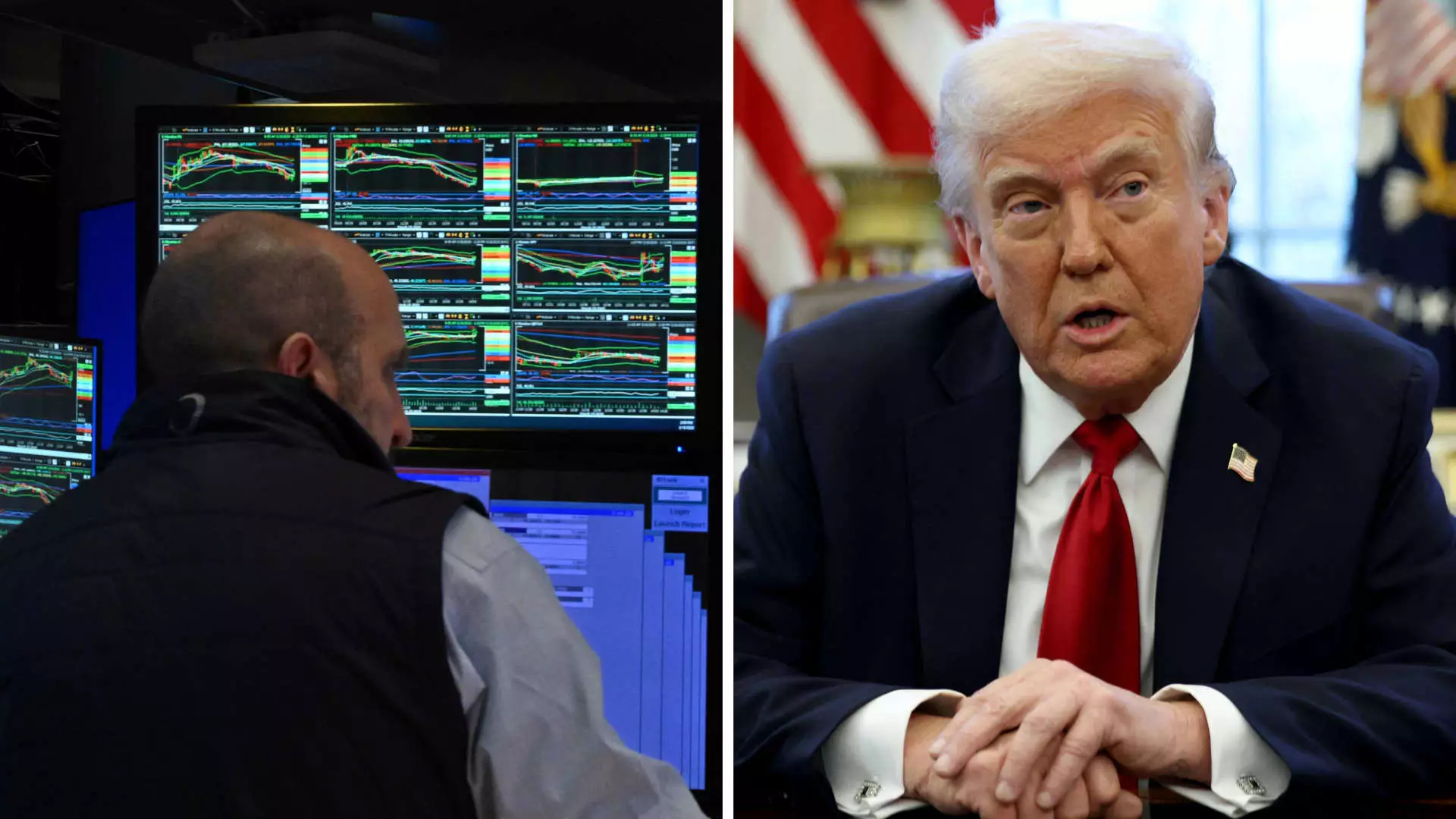The current atmosphere surrounding the stock market is characterized by pronounced anxiety and uncertainty, largely tied to looming trade tariffs and recent economic events. Analysts like Julian Emanuel of Evercore ISI have drawn parallels between today’s sentiment and the panic following the regional bank failures of March 2023. This unease, while palpable, may not be as justified as it appears. Rather than succumbing to market despair, investors should consider that heightened emotions often lead to exaggerated reactions. The familiar refrain of ‘buy low’ rings louder when uncertainty clouds judgment.
Identifying Opportunities Amidst Chaos
Indeed, Emanuel encourages investors to look beyond current pessimism and seek out stocks that have been unjustly punished by the overall market sentiment. The recent downturn has particularly affected the technology, communication services, and discretionary sectors, which are often the first to rally when recovery begins. It is in times like these that the astute investor can identify undervalued stocks poised for rebound. Fear can create inefficiencies in pricing, presenting opportunities for those willing to take calculated risks.
As stocks dip, many companies begin to consider strategic stock buybacks, which can provide a vital boost to share prices, making investment in these sectors more enticing. While some may be inclined to play it safe with the established outperformers like consumer staples, a deeper dive reveals that true growth potential lies in assets that have currently been overlooked.
Safe Havens versus Growth Potential
The perceived safety of consumer staples and healthcare has led many investors to flock to these sectors during turbulent times, as evidenced by their strong performances amid widespread market declines. While these industries provide essential goods and services, they are inherently tied to lower growth prospects, especially in comparison to technology and discretionary sectors. The immediate allure of risk-averse investments can be deceiving; holding onto these may mean sacrificing potential significant returns that come from sectors primed for recovery.
Emanuel’s perspective on where the smart money should go in this environment underscores a critical issue: the need to balance caution with opportunity. Historically, markets have a habit of correcting and healing themselves when the foundations of the economy are stable, even if perception suggests otherwise.
Looking Ahead: Optimism Despite Challenges
Interestingly, Emanuel’s predictions for the S&P 500 imply a healthy 21% uptick from recent lows, suggesting a definitive turnaround shaped not so much by clarity—as he pointed out—but rather, by a return to investor confidence. Amid the noise, there’s a palpable optimism that can cut through current disillusionment. For every pessimistic narrative, there are undercurrents of growth that, if harnessed, could lead investors towards substantial gains.
Navigating this complex landscape demands an attitude that is rooted in understanding historical market behavior and remaining open to the possibility of rebounds. Overall, the task is not merely to survive the present calamities but to cultivate a forward-looking investment strategy that embraces both risk and opportunity. Success in this arena rests not only on avoiding losses but also on strategically positioning oneself to capture the potential rewards of a recovering market.

